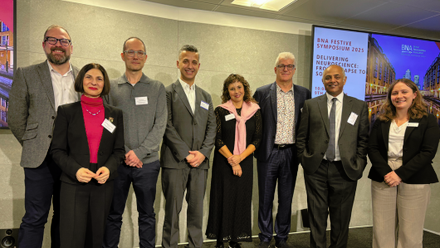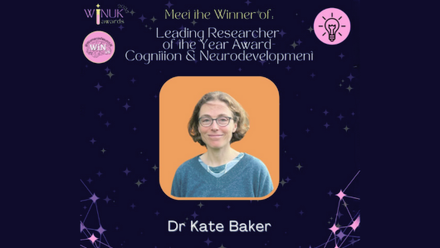British Neuroscience Association’s response to the Government strategy on animal testing and new alternative methods
Summary
The British Neuroscience Association (BNA) recognises the importance of the Government’s 5-year strategy on developing alternative methods to animal research. We support the advancement and validation of such methods where they can improve scientific understanding and animal welfare, and welcome the ambition to replace animal models where possible. However, it is vital not to conflate support for development of non-animal methods with a reduced need for animal research.
Understanding how the brain works is the foundation for developing effective therapeutic strategies for neurological and psychiatric conditions and will continue to require whole animal models for the foreseeable future. Therefore, the promise of alternative methods should be seen in the context of how they integrate with whole animal studies to deliver the advancements in our understanding that we all are working to achieve. Premature pressure to reduce animal research before viable alternatives exist could seriously compromise our ability to develop treatments for devastating conditions affecting millions of people.
Animal models in neuroscience
Research using animal models has been, and remains, central to advancing our understanding of brain function and developing treatments for neurological and psychiatric conditions. Indeed, many of today’s most promising and innovative therapies for brain and nervous system conditions, including neuroprosthetics, gene therapies, and immunotherapies, are founded on years of meticulous science using animals. For example, September this year saw the announcement of the first disease-modifying treatment for the debilitating and ultimately fatal neurological condition Huntington's disease, a milestone achieved through decades of foundational work in mouse models.
The next generation of discoveries will continue to depend on animal models. This is because many aspects of brain function affected by disease (such as memory, emotions, decision-making and problem-solving) rely on highly precise, complex and coordinated cellular interactions that cannot currently be recapitulated in non-animal models.
Work using animals in the UK is tightly regulated and must adhere to the principles of the 3Rs – Replacement, Reduction and Refinement. This means that, by law, researchers must only use animals if there are no alternative methods available that could achieve the research aims.
Non-animal methods in neuroscience
Recent decades have seen major progress in developing non-animal methods in neuroscience, such as cellular models using human-derived cells and in silico computational models. While these have shown great promise for addressing specific mechanistic questions about brain function and disease, ultimately, they cannot replicate the integrated complexity and long-lasting developmental maturation of nervous systems and therefore remain limited in what they can tell us about how the brain orchestrates behaviour, thoughts and emotions. Nonetheless, using combinations of animal and non-animal approaches holds great promise for accelerating discovery and potentially, in some circumstances, reducing animal use.
Similarly, non-invasive methods that can be used to study the human brain have also greatly advanced our knowledge. However, these still lack the spatial, temporal or chemical resolution of more invasive methods to measure or manipulate brain activity that can be performed in animals, limiting the knowledge we can gain from these alone.
Conclusion
The BNA strongly supports the adoption of all validated methods that advance our understanding of brain function and disease, and enable development of novel treatments. However, the choice of an appropriate research model must be science-led, driven by scientific objectives alongside 3Rs principles.
To ensure neuroscience continues to deliver robust, translatable insights for both human and animal health, animal models will, for the foreseeable future, remain an essential part of this endeavour - increasingly used alongside non-animal methods and non-invasive approaches.






